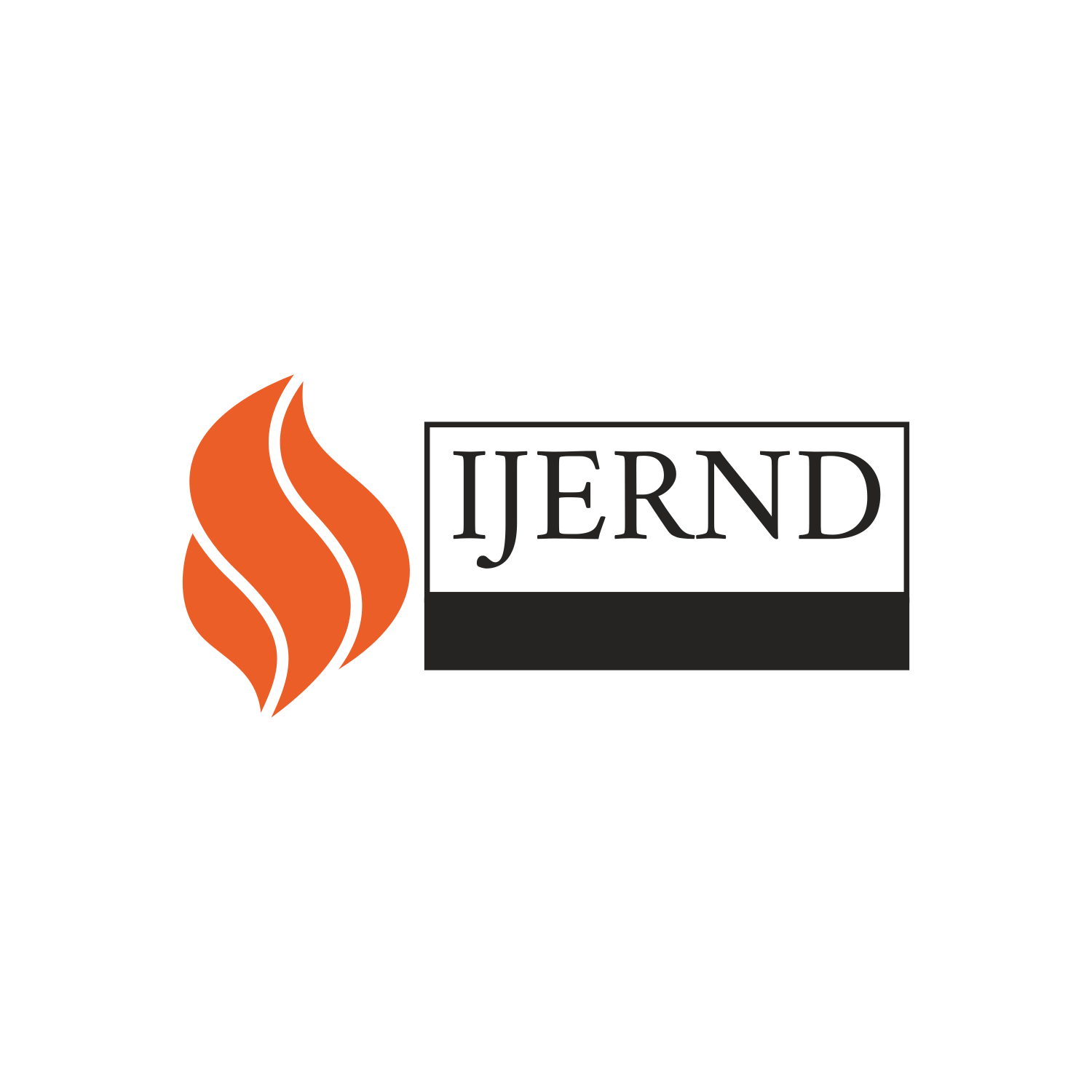Satellite Image Classification using Inverse Reinforcement Learning and Convolutional Neural Networks
DOI:
https://doi.org/10.1234/xxrj6076Keywords:
Satellite Image Classification using Inverse Reinforcement Learning and Convolutional Neural NetworksAbstract
Satellite image classification plays a pivotal role in various fields such as agriculture, urban planning, and environmental monitoring. This project proposes a novel approach to satellite image classification by integrating Inverse Reinforcement Learning (IRL) with Convolutional Neural Networks (CNN). The methodology involves training the model to understand complex spatial patterns and features inherent in satellite imagery through the extraction of relevant features using CNNs.
In the proposed framework, the model learns from expert demonstrations, mimicking the decision-making process of human experts in order to infer the underlying reward structure guiding their actions. This application of IRL allows the model to generalize and make informed predictions on unseen satellite data, contributing to enhanced classification accuracy.
The project aims to compare the results obtained from the IRL-based CNN approach with the accuracy achieved by traditional satellite image classification algorithms. Commonly used algorithms such as Support Vector Machines (SVM), Random Forests, and conventional CNNs trained with supervised learning will be considered for comparison. The evaluation will be based on metrics such as precision, recall, and F1 score, providing a comprehensive analysis of the proposed methodology's effectiveness.
The findings from this project are expected to shed light on the potential advantages and improvements offered by integrating inverse reinforcement learning techniques with CNNs in the context of satellite image classification. This research contributes to the growing field of remote sensing and machine learning applications, offering valuable insights for future developments in satellite image analysis.
Index Terms
Satellite image classification, Inverse Reinforcement Learning (IRL), Convolutional Neural Networks (CNN), Spatial patterns, Feature extraction, Expert demonstrations, Decision-making process, Reward structure, Generalization, Prediction, Classification accuracy, Support Vector Machines (SVM), Random Forests, Supervised learning, Evaluation metrics, Precision, Recall, F1 score, Remote sensing, Machine learning applications.






